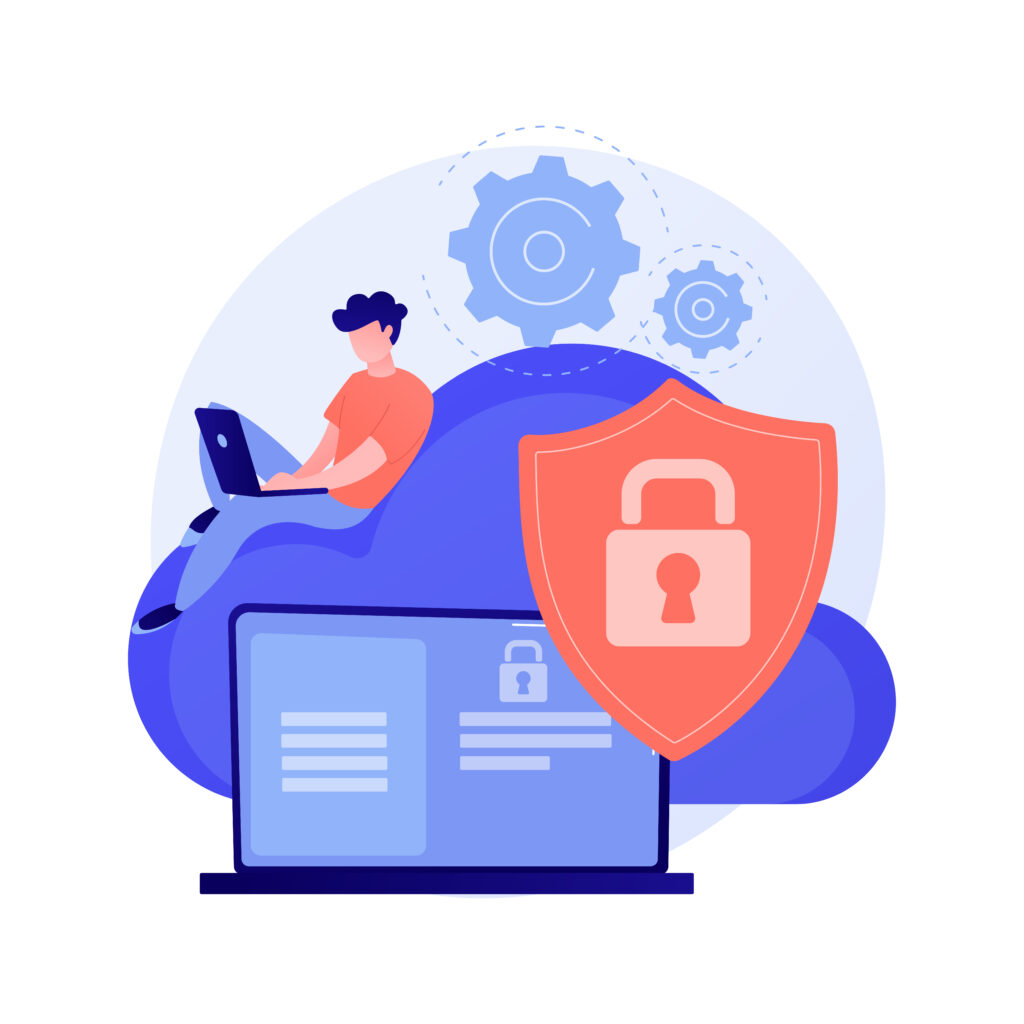
Credit cards are one of the most convenient ways to pay for your items. But it’s important to make sure that you are using a secure payment system. Here are some of the ways you can be sure that your credit card information is kept safe.
EMV
Let’s start by talking about EMV technology, which is standard on most credit cards. EMV stands for Europay, MasterCard, and Visa which are the companies that started employing this technology. Today, EMV often refers to the smart chips that are included on most credit cards.
There are three types of transactions that can be completed through EMV, these are:
- Chip and pin
- Chip and signature
- Contactless
There are a few ways that these chips can make transactions more secure. First, it makes it extremely difficult to clone a credit card successfully, as hackers won’t be able to copy the EMV chip. Furthermore, it uses a technology known as point-to-point encryption. This means that even if a hacker was to find your information the data would be rendered useless after the transaction was completed.
Because of this added security, Canada saw a 50 percent decline in fraudulent transactions after the chips were added to credit cards. This drop was even more dramatic in the United Kingdom, where fraudulent transactions declined significantly.
PCI
The next layer of technology is known as PCI which stands for Payment Card Industry Data Security Standard. This is a set of rules that are designed to govern the way that companies process and store sensitive information from credit card transactions. This will be overseen by some of the biggest credit card manufacturers in the world.
The type of PCI compliance required will depend on how many transactions a vendor has each year. The more transactions, the stricter the oversight will be. For example, those on Level 1 complete more transactions. In this case, they would need to have a yearly audit to check that they are compliant and all information is being stored properly.
Tokenization
This technology will substitute important data for something less sensitive. For example, your Primary Account Number (PAN) will be swapped with a different number. This figure will be randomly generated, so it will be impossible to predict what a tokenized PAN is or reverse-engineer the original number.
The purpose of tokenization is to reduce the number of people who have access to this type of information. This reduces the amount of useable information that a hacker will be able to gain if the system gets compromised. Furthermore, it makes it harder to track the transactions an individual makes across multiple databases.
Conclusion
It’s not unreasonable to worry about how secure your credit card transactions will be. The good news is that there are plenty of elements in place that create a secure system. Even better, these safety measures are constantly being tweaked, to make it more challenging for hackers to gain your credit card details. Because of this, you can feel secure when you are using a credit card. Please note this is only some information on credit card security. For more information please call us at: 310.826.7000
